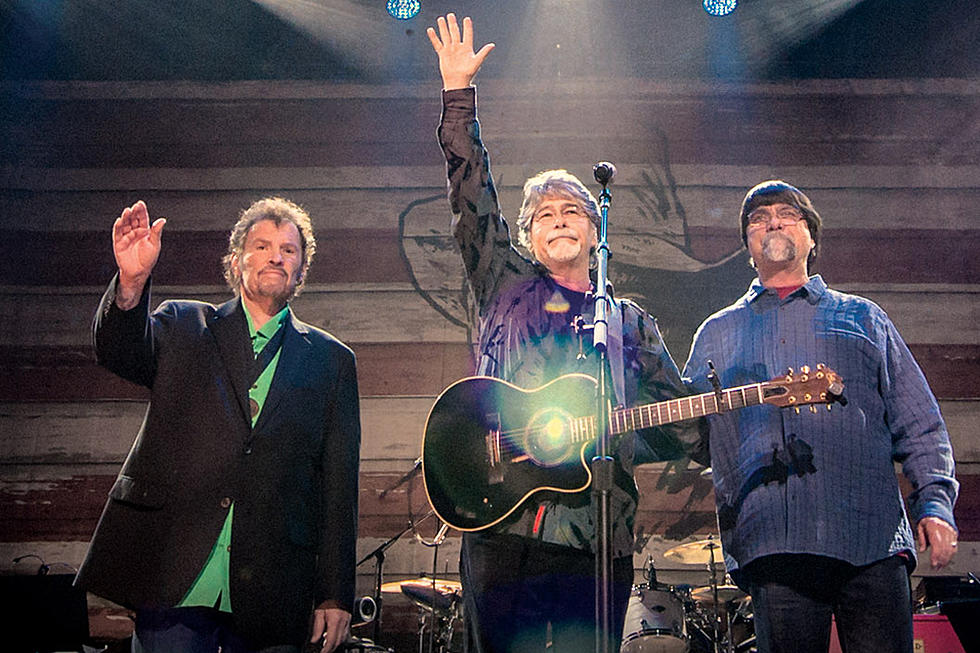

With his first solo album, he took complete creative control, and on Arc Of A Diver, released by Island Records, in December 1980, he took charge of everything at a studio he had built on his own farm in Gloucestershire. Steve Winwood was ranked by Rolling Stone as No.33 in its 100 Greatest Singers Of All Time list, but the man who was part of seminal bands such as Spencer Davis Group, Traffic, and Blind Faith was also an excellent multi-instrumentalist. Hear: “Soft And Wet” (1978) Steve Winwood When he was asked by Dick Clark about how many instruments he played on the album, Prince responded with “thousands.” He actually played 27 instruments on For You (29 if you include hand claps and finger snaps). It was an album which bore the soon-to-be iconic credit “Produced, arranged, composed, and performed by Prince.” Like the best one-man bands, the late Prince, then just 17, was almost obsessive about getting the sound he wanted. In September 1977, at the pioneering Sound 80 recording studio in Minneapolis, Minnesota, Prince began working on his debut album, For You. Hear: “Mike Oldfield’s Single (Theme From Tubular Bells)” (1973) The album was recorded at The Manor in Oxford, and its success and iconic status was confirmed when music from “Tubular Bells” was used in the hit horror film The Exorcist. On the album, Oldfield played a remarkable array of instruments, including acoustic guitar, bass guitar, electric guitar Farfisa, Hammond, and Lowrey organs flageolet, fuzz guitars, glockenspiel, mandolin, piano, percussion, timpani, and, of course, tubular bells.


Just one month after John Fogerty’s solo effort came the prog epic Tubular Bells, from England’s Mike Oldfield. Hear: “Jambalaya (On The Bayou)” (1973) Mike Oldfield His bass and snare drumming on a version of Hank Williams’ “Jambalaya (On The Bayou)” worked a treat, and his usual vibrant guitar was supplemented by steel-guitar playing, banjo licks and some strong fiddle playing.
One man band music video series#
McCartney’s experimental album also inspired Emitt Rhodes, of the band Merry-Go-Round, who played every single instrument and sang all of the vocal parts on three baroque pop albums released in the early 70s.Īfter leaving the hugely successful Creedence Clearwater Revival, singer and guitarist John Fogerty opted for complete control over his debut solo album, The Blue Ridge Rangers, a series of cover versions of his favorite songs. McCartney later admitted to enjoying working as a solo artist, saying, “I only had me to ask for a decision, and I generally agreed with myself!” After its release, the album reached No.1 on the Billboard charts in America and No.2 in the UK. He said that he decided to sing and play all the instruments – acoustic and electric guitars, bass, drums, piano, organ, percussion, Mellotron and toy xylophone – because “I think I’m pretty good.” Hear: “The Sheik Of Araby” (1941) Paul McCartneyįrom one of the world’s best bands to one of the best one-man bands in the world: just before Christmas 1969, Paul McCartney, working during The Beatles’ split, began working on McCartney, his own solo album, at his home in London’s St John’s Wood. I dreamt I was playing parts for the whole Duke Ellington band.” On April 19, 1941, Bechet played six instruments – soprano saxophone, tenor saxophone, clarinet, piano, string bass, and drums – for a recording of “The Sheik Of Araby.” He also recorded four parts for “Blues For Bechet.” Bechet later said he was in a “cold sweat” about the project, recalling, “Thinking about this session was giving me nightmares. Bechet’s daring venture came in the days before tape recording, so each effort had to be recorded on a 78rpm wax original and superimposed on to the rest. When engineer John Reid told Sidney Bechet about the possibilities of multi-tracking, the jazz maestro devised a plan to work out the individual parts on six different instruments and memorize the timing and melody of each. Here are 10 of the best one-man bands in history.


 0 kommentar(er)
0 kommentar(er)
